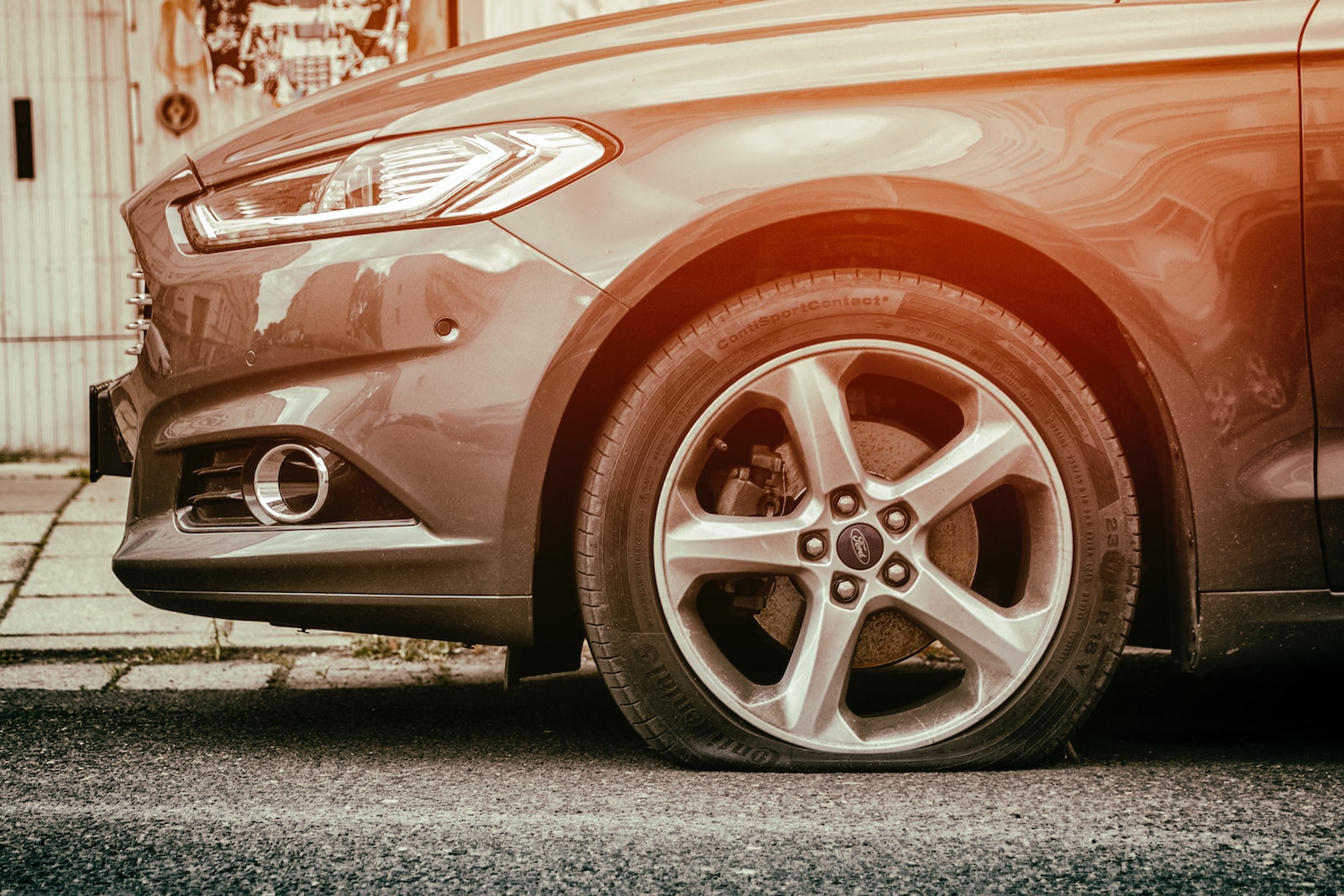
Are you tired of feeling stranded when your tire pressure light flickers on, far from the nearest gas station? Perhaps you’re an avid DIY enthusiast who craves the convenience of a reliable air compressor for various projects at home? Enter the versatile world of portable air compressors: the unsung heroes that can save the day when it comes to inflating tires, powering tools, and so much more.
Our Top Picks
Our #1 Top Pick: DeWalt 20V Max Inflator (DCC020IB)
When it comes to blending power, portability, and performance, the DeWalt 20V Max Inflator is a standout model. This cordless air compressor runs on a 20V Max battery system that delivers strong performance capable of handling tires, sports equipment, and more. The high-pressure output can be tuned with precision, and it even offers a built-in LED light for nighttime emergencies. The convenience of its hose storage, threaded chuck, and battery power make it an excellent tool for anyone on the go.
Pick #2: VIAIR 400P Portable Compressor
If you’re often hitting off-road trails or need a compressor for your RV, the VIAIR 400P is a powerful option. This 12-volt compressor plugs into your vehicle’s battery, providing enough punch to inflate up to 35-inch tires with ease. It’s a favorite among off-roaders for its durable build and reliable performance. The inclusion of a 5-in-1 inflator/deflator with inline gauge and heavy-duty dual battery clamps makes it a robust helper for outdoor use.
Pick #3: Makita MP100DWRX1 12V Max CXT
The Makita MP100DWRX1 brings to the table what professionals and everyday users cherish alike: the celebrated Makita quality in a compact form. This 12V compressor is part of the CXT series, offering a user-friendly digital pressure gauge and automatic stop functionality. With a wide range of pressure settings and practical accessories like a sports ball needle, it’s a versatile pick for various inflation tasks.
Pick #4: PORTER-CABLE CMB15
PORTER-CABLE has been synonymous with quality tools for years, and the CMB15 compressor is no exception. This oil-free pump unit is lightweight and comes with a 1.5-gallon tank that holds enough air to tackle longer tasks without interruptions. Despite its size, it delivers 150 PSI of pressure, ensuring quick inflation and running of small air tools. The CMB15 is shrouded to protect the components and includes a 25-foot coil hose for extended reach.
Pick #5: California Air Tools 8010 Ultra Quiet
California Air Tools specializes in quiet, oil-free, and powerful air compressors. The 8010 model is particularly appealing for its impressively low noise level of only 60 decibels, making it one of the quietest in its class. It offers a durable oil-free pump with a 1.0 hp motor and an 8.0-gallon steel tank, equipped with wheels and a sizeable handle for easy transport. It’s perfect for users who value near-silent operation and high performance.
What to Know Before You Buy
- PSI Ratings: The pounds per square inch (PSI) rating of a compressor determines the pressure it can deliver. Higher PSI models can inflate faster and handle more challenging tasks.
- Duty Cycle: This term refers to the amount of time a compressor can run before it needs a break. If you need continuous use, look for a higher duty cycle.
- Power Source: Compressors can be corded, battery-powered, or gas-powered. Consider where and how you’ll use it to determine the best power source for your needs.
- Noise Level: Portable compressors vary in noise output. If you plan to use it in residential areas or quiet settings, seek out low decibel units.
- Airflow Rate: Measured in cubic feet per minute (CFM), this tells you how quickly the compressor can deliver air – crucial for certain tools and applications.
Factors to Consider Before Buying
- Intended Use: Pinpoint the primary purpose for the compressor. For car tires and small inflatables, a basic model will do, but for tools and heavier-duty use, aim for more robust specs.
- Portability: Weight and size matter if you intend to move the compressor around frequently. Look for models with handles, wheels, or shoulder straps.
- Accessories: Check if the compressor comes with accessory kits like nozzles, hoses, and storage bags. These extras can provide significant added value.
- Tank Size: While tankless compressors are more portable, a tank can maintain a consistent airflow. Decide if you need a steadier supply of air for your tasks.
- Brand Reputation: Well-known brands generally offer better quality, customer service, and availability of replacement parts. Read reviews and consider brand history when choosing.
Why Trust ChooseRight?
At ChooseRight, we believe in providing honest, well-researched product recommendations tailored to your needs. Our selection process is comprehensive: we’ve reviewed countless portable air compressors, waded through thousands of customer reviews, and sought insights from professionals using these tools daily. We assure transparency in our reviews and prioritize the quality and functionality of the items we recommend.
Finishing Thoughts
Finding the best portable air compressor requires considering your specific needs against the backdrop of countless options available. Whether it’s for roadside emergencies, recreational activities, or continuous professional use, choose a compressor that aligns with your intended applications, values portability and ease of use, and comes from a brand with recognized reliability. With the right portable air compressor at hand, you’ll be well-equipped to tackle any challenge that comes your way with renewed confidence.
Frequently Asked Questions
What is a portable air compressor used for?
A portable air compressor can be used for a variety of tasks, such as inflating tires on vehicles, bikes, and sports equipment, as well as running air-powered tools like nail guns and staplers. They are also used for blowing dust and debris off surfaces, and occasional paint spraying jobs.
How do I choose the right portable air compressor for my needs?
To choose the right portable air compressor, consider the tools you will be using with it, their air requirements (CFM/PSI), the compressor’s power source (electric or gas), tank size, portability features, noise level, and your budget. Match these specifications with your intended use to find the most suitable model.
Can I use my portable air compressor for car tires?
Yes, most portable air compressors come with tire inflation accessories and are perfectly suitable for inflating car tires. Always check the recommended tire pressure for your vehicle and use the compressor accordingly.
How long can I run a portable air compressor continuously?
The run time of a portable air compressor can vary based on its design and cooling capabilities. Always refer to the manufacturer’s guidelines. Duty cycle, which is typically represented in percentages, can indicate the duration of continuous operation in a given hour before needing rest.
Are portable air compressors loud?
Portable air compressors vary in noise levels, with some models designed for low noise operation. Electric compressors tend to be quieter than gas-powered ones. If noise is a concern, look for a compressor labeled as “quiet” or with a decibel (dB) level rating that you find acceptable.
Do I need a special type of power outlet to use a portable air compressor?
Most portable air compressors designed for home use run on standard 110-120V AC power and can be plugged into a regular household outlet. Larger compressors or those designed for industrial use may require a higher voltage or dedicated power circuit.
How do I maintain my portable air compressor?
Maintenance typically includes regularly checking and draining the moisture from the tanks, inspecting hoses and connections for leaks, changing the oil (if it’s an oil-lubricated model), keeping filters clean, and following any model-specific guidelines provided by the manufacturer.
Can I use a portable air compressor in any weather condition?
Portable air compressors can be sensitive to extreme temperatures. Cold weather can cause difficulty in starting and can affect pressure output, while extreme heat can lead to overheating. Consult the user manual for temperature operating ranges and proper usage under varying weather conditions.
What safety precautions should I take when using a portable air compressor?
Always read and follow the manufacturer’s safety instructions. Common safety measures include wearing protective eyewear, ensuring the compressor is placed on a stable surface, checking for secure hose connections, and not exceeding recommended pressure limits. Always disconnect the power when the compressor is not in use or being serviced.
How much does a portable air compressor cost?
The cost of a portable air compressor can range from under $50 for basic models to several hundred dollars for high-end, professional-grade compressors. Consider the features you need and choose a compressor that offers the best balance between price and performance for your requirements.







